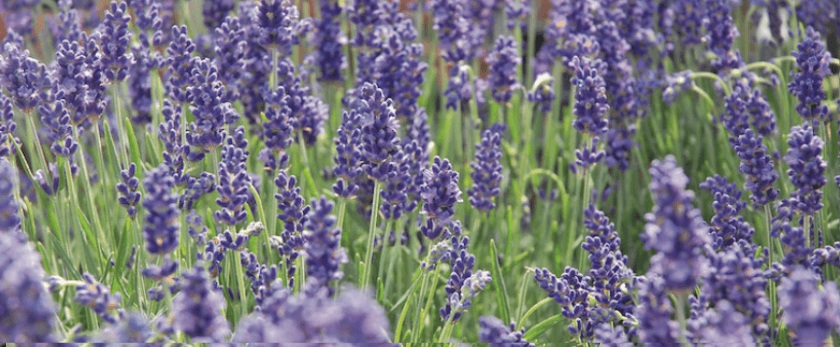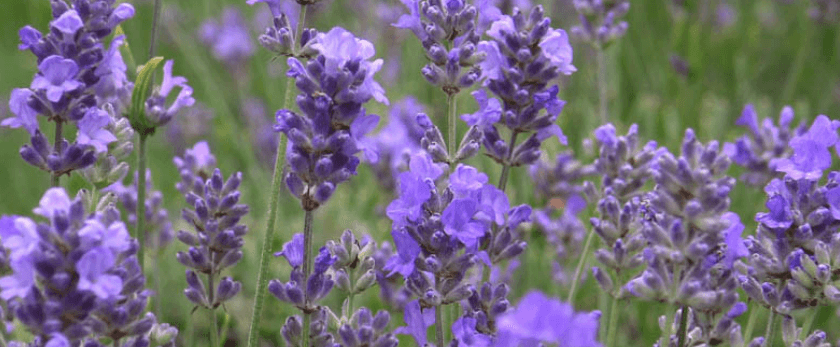Lavender is a beautiful and versatile plant that not only adds a pop of color to your garden but also has a variety of uses, from culinary to medicinal. Hidcote lavender, in particular, is a popular variety known for its deep purple flowers and strong fragrance. If you're looking to add this stunning plant to your garden, here's a guide on how to grow Hidcote lavender successfully.
Care for Hidcote Lavender
Watering
Lavender is a drought-tolerant plant, meaning it can survive with minimal watering. However, it's essential to water newly planted Hidcote lavender regularly until it establishes a strong root system. After that, you can reduce the frequency of watering to once a week, or even less during periods of heavy rainfall.
When watering, make sure to water the base of the plant rather than the leaves. This will prevent the leaves from getting wet, which can lead to fungal diseases. Also, avoid overwatering as it can cause root rot and kill the plant.

Light
Hidcote lavender thrives in full sun, so make sure to plant it in an area that receives at least 6-8 hours of direct sunlight per day. Lack of sunlight can result in leggy and weak plants with fewer flowers. If you live in a hot climate, make sure to provide some afternoon shade to protect the plant from scorching.
Soil
Lavender prefers well-draining soil with a pH level between 6.5-7.5. If your soil is heavy and clay-like, add some sand or gravel to improve drainage. You can also grow Hidcote lavender in containers filled with a well-draining potting mix.
Fertilizer
Hidcote lavender doesn't require much fertilizer, and in fact, too much can harm the plant. If you want to fertilize, do it sparingly with a slow-release, balanced fertilizer in the spring. Avoid fertilizing in the fall as it can stimulate new growth, which is susceptible to frost damage.
Pruning
Pruning is an essential part of caring for Hidcote lavender. It not only helps maintain the plant's shape but also promotes healthy growth and more flowers. Prune your lavender in the spring, just as new growth begins to appear. Cut back about one-third of the plant, making sure to leave some green foliage at the base. You can also deadhead spent flowers throughout the growing season to encourage continuous blooming.
Best Time to Grow Hidcote Lavender
The best time to grow Hidcote lavender is in the spring, after the last frost has passed. This will give the plant enough time to establish a strong root system before the hot summer months. If you live in a warmer climate, you can also plant in the fall, as long as you give the plant enough time to establish before the first frost.
Common Problems with Hidcote Lavender
Despite its hardiness, Hidcote lavender can face some common problems. Here are a few to watch out for:
-
Fungal diseases: As mentioned earlier, overwatering and wet leaves can lead to fungal diseases such as root rot and powdery mildew. To prevent this, make sure to water at the base of the plant and avoid getting the leaves wet.
-
Pests: Lavender is generally pest-resistant, but it can attract aphids, spider mites, and whiteflies. You can use insecticidal soap or neem oil to get rid of these pests.
-
Winter damage: Hidcote lavender is hardy to USDA zones 5-9, but it can still suffer from winter damage in colder climates. To protect your plant, add a layer of mulch around the base in the fall to insulate the roots.
-
Lack of flowers: If your Hidcote lavender isn't blooming, it could be due to a lack of sunlight, over-fertilization, or improper pruning. Make sure to provide enough sunlight, fertilize sparingly, and prune in the spring to encourage more flowers.
Conclusion
Growing Hidcote lavender is a rewarding experience that can add beauty and fragrance to your garden. By following these care tips and being aware of common problems, you can successfully grow this stunning plant and enjoy its many benefits. Remember to also practice responsible disposal methods for a sustainable future, such as composting or using natural pest control methods. Happy gardening!










